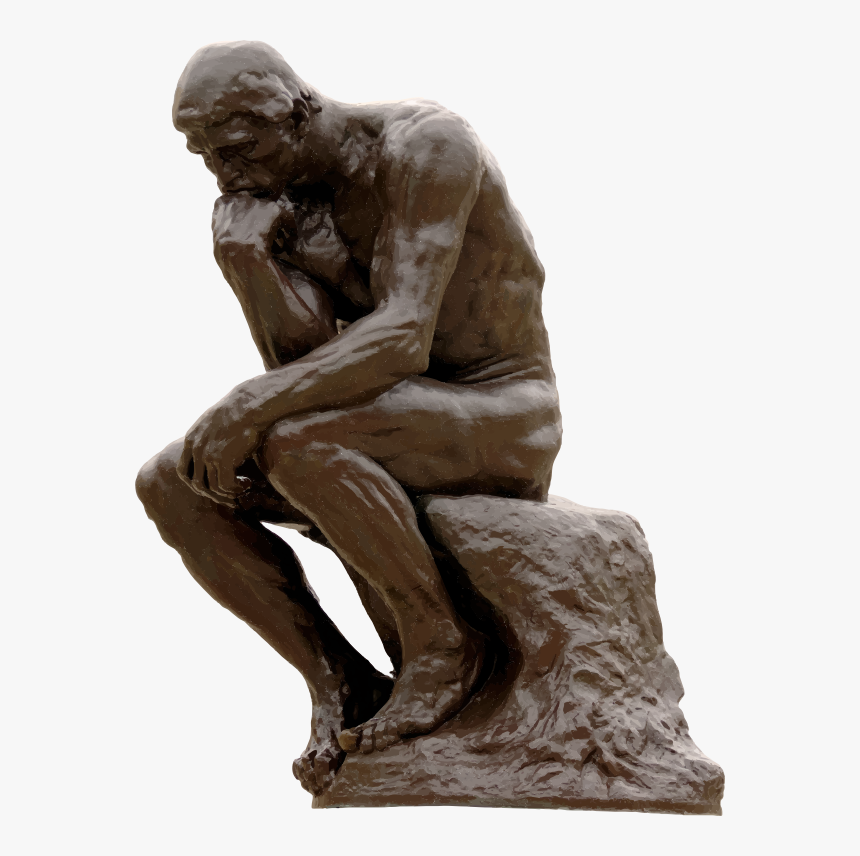2nd day of residency....in Ljubljana...on embodied flow...
THE IDEA THAT THE THINKING PERSON HAS TO BE KIND OF DEAD PERSON ON HOLIDAY IS INSEPARABLE FROM THE ANCIENT EUROPEAN CULTURE OF RATIONALITY/by Sloterdijk, 3.
Attending the movement through thinking, reflecting and contemplating within the body takes time and effort, to develop understanding of change through body landscapes takes a knowledge around the breath, simple walk, good body coordination, spine mobility and stability, but also a tacit knowledge around the space, whole body, intention, intuition, time, weight, effort, awareness, and to develop wisdom of this creative insight takes much longer (Whatley., Brown., Alexander., 37-45, 2015). Laban also focused on movement analysis, his practice is a proposition to think in the movement. To experience movement is to understand that we use it as an instrument of human expression and gesture. The movement principles proposed by himself are “ based on combination of thought and experience of the mover, allowing him/her to carry out a constant moving analysis during after the event” (JSKD, Vol12, Nr1 2020 81). Reflection represent a key tool for understanding in learning from experience. To enter into that experience, bodily impulses is to enter into hidden world of power network of neural elements, glands, efforts, memory, language, perception stored within our body, touch, smell, our whole life (hi)story. Embodiment values our remembering, our judgement, our efforts, every proprioceptive memory, every gesture and gracefulness in the body. Being in body means embeddedness into the society, culture, psychology, philosophy, politics, ecology, skeleton, gender issue. Embodiment goes beyond Cartesian body and mind polarity. This tells us more about being-in-the-world, being unseparated from the others and environment. Husserl see the world, body and the Self as inextricably entwined points of conversation. “Husserl maintains that the world-representation is the primal structure (Urgestalt) in the knowledge of the world, and examines its genesis and development” (Husserl Studies., Vol. 14, pp. 4, 1997)./taken from my worksheet for the Laban Conference in June, 2022.
Entering into the flow depends on many things, on your mental stability, core work, eMOTIONs that we are carrying into or through the day, existential issues, climax, ordinary people you meet on the street or talking on the phone...The day can be banal, bizarre, ordinary, yet the movement can be the same. That is way I do not look with judgemental eyes every person or her movement, as that person or movement might have the whole history on her back. Yes, we need to think, to go deeper, to explore, inquire, dig, have some arguments but never judge, and we should start with ourselves. When we start with ourselves, than the whole perspective and perception will change, and you will not see the one and only dance from your perspective rather from processes of phenomenology, of ongoing change and somatic inquiry.
Today I entered into the flow from the perspective of spiral. I just love spirals (I have put a tattoo of spiral on my wrist, using Joan Miro's Constelation geometrical symbols, sun, moon, cat, colors). Spirals give you so many opportunity, so many chances to decide in different way, never start the same thing in the same way... I never look or enter into the things linear..The ballet as a form is very vertical and linear (that does not mean I do not appreciate all foundations of that knowledge, but if we want move on as in movement or in life, we need spirals, we need change, battle with the gravity, floor work).
so..I was working today on pelvic floor hydration, on hips, iliopsoas, on conscious exhalation...thinking how to use consciously free or bound floor...and combine it with the mimics...It was a bit hard practice than yesterday..I was using velocity, lot in connection with the ground, deepening exercises with the gravity, working on strength, a bit of handbalance (my favorite exercises) and for the end I engaged leg exercises(working on plié from paralel, first and a lá second). That was quite interesting end of the practice, that actually helped me to stay on my legs during the day, stable and conscious.
The CORE SUPPORT is responsibility of iliopsoas muscle, of the diaphragm and the quadratus lumborum. The Bartenieff Fundamentals is build around the iliopsoas. The iliopsoas is composed of two muscles: the iliac, of the pelvis and the psoas, of the lumbar spine. During inhalation, the performer enter into the movement, expanding and allowing deep breathing. During exhalation, the diaphragm is used to engage the iliopsoas and the quadratus lumborum in a kinetic chain down to the deep pelvic muscles. (Ciane Fernandes, The Moving Researcher, 92)

Comments
Post a Comment